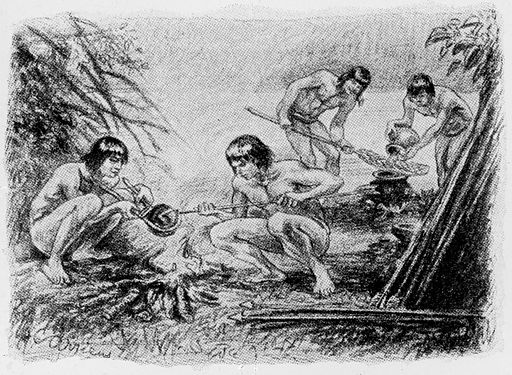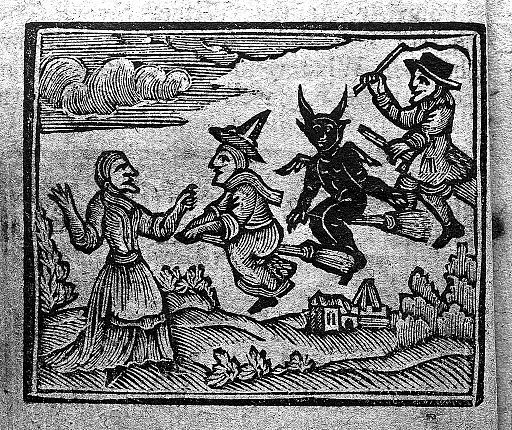CURARE
Deep in the Amazon rainforest, indigenous hunters discovered something remarkable thousands of years ago. They found that certain vines could be turned into a poison so precise that it would drop a monkey from the highest tree without damaging the meat at all. This discovery would eventually change both hunting and modern medicine.
The poison, called curare, comes from vines like Chondrodendron tomentosum and Strychnos toxifera. The process of making it required real skill. Hunters would boil the roots and bark for hours, creating a thick, dark paste that they could coat on their arrow tips. When an animal was struck, something very specific would happen: the creature’s muscles would stop working, one by one. First the eyelids would freeze, then the arms and legs would become useless, and finally the diaphragm would stop moving. Death came not from pain or bleeding, but simply from the inability to breathe.

HEMLOCK
In 399 BCE, one of history’s most famous executions took place in Athens. The philosopher Socrates had been sentenced to death for supposedly corrupting the minds of young people with his questions and ideas. His method of execution wasn’t a sword or hanging—it was a cup of tea made from poison hemlock. As Socrates drank it, his students watched in horror as their teacher’s body gradually shut down, piece by piece, while his mind remained clear until the very end.
Poison hemlock or Conium maculatum might be one of the most deceptive plants in the world. It’s actually quite pretty, with delicate white flowers that look harmless enough to pick for a bouquet. But every part of this plant contains deadly chemicals called coniine and γ-coniceine that can wreak havoc on the nervous system, with symptoms can range from vomiting to seizures to respiratory failure. There’s no antidote for hemlock poisoning.

BELLADONNA
The Greeks were aware that belladonna could cause terrifying hallucinations and death. They passed this knowledge to the Romans. The Roman emperors and their families lived in constant fear of belladonna poisoning, a weapon of choice for palace intrigues.
During the Middle Ages, belladonna became central to European folklore about witchcraft. People were convinced that witches gathered this plant to make “flying ointments”—thick pastes when applied to the body allowed witches to fly through the night sky.
But belladonna’s wildest use might be its role in Renaissance beauty culture. Wealthy Italian women discovered that diluting belladonna extract and dropping it into their eyes would make their pupils dramatically larger.

RICIN
In 1978, Bulgarian writer Georgi Markov was waiting for his bus after work on a busy London street. He suddenly felt a sharp poke in his leg. When he turned around, there was a guy with an umbrella saying sorry for bumping into him. The man walked off, and Markov didn’t think much of it. Three days later, he was dead. It turned out that a tiny pellet of ricin had been shot from a modified umbrella—making it one of the most infamous assassinations of the Cold War.
Ricin comes from castor beans, the seeds of Ricinus communis, a pretty common decorative plant that grows in gardens around the world. Most people walk past castor plants every day without realising they’re looking at the source of one of nature’s most potent toxins. The seeds might look harmless, but just eight of them contain enough ricin to kill an adult human being.

Strychnine
During the 19th century, strychnine (from the seeds of the Strychnos nux-vomica tree), became a popular murder weapon because it was relatively easy to obtain and almost impossible to detect in food or drink. One of the most notorious strychnine killers was Dr. Thomas Neill Cream, who terrorized London in the 1890s. Cream specifically targeted prostitutes, approaching them with pills that he claimed would prevent pregnancy. Instead, these pills contained lethal doses of strychnine.
His victims died in unimaginable agony—their backs arched, faces frozen in that characteristic grimace that strychnine produces. Before he was finally caught and executed in 1892, Cream had killed at least seven women, though police suspected the real number was much higher.

REFERENCES:
Pratte, E. L. H., Bryant, S., Handley, C., & Hall, M. (2014). Pick Your Poison. Chemist, 87(2), 19.
Chapin, H. G. (1902). The Strange Case of Dr. Cream. Green Bag, 14, 426.
Brown, M. (2023). Medieval Plants and Their Uses.
Harper, C. (1977). The witches’ flying-ointment. Folklore, 88(1), 105-106.
Galli, P. A. (2016). Effects of sexuality on female eye: a review. GIORNALE ITALIANO DI OSTETRICIA E GINECOLOGIA, 38(4), 345-350.

Leave a Reply